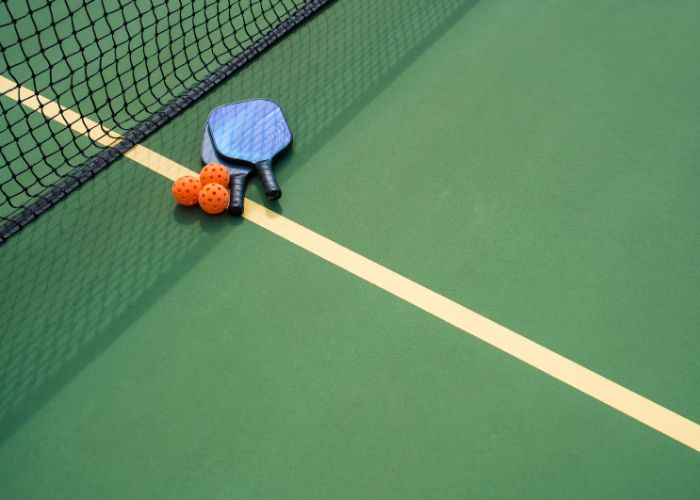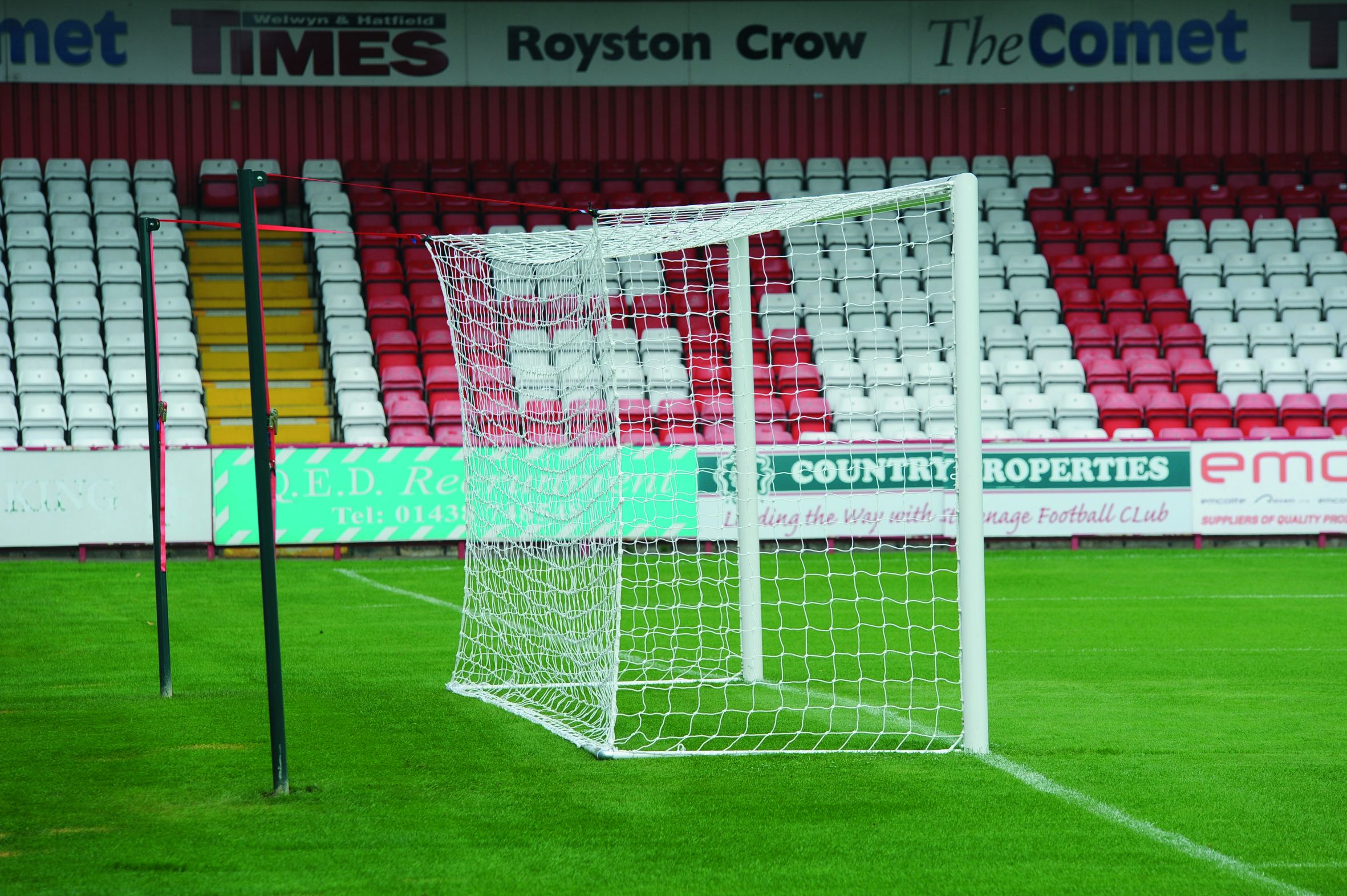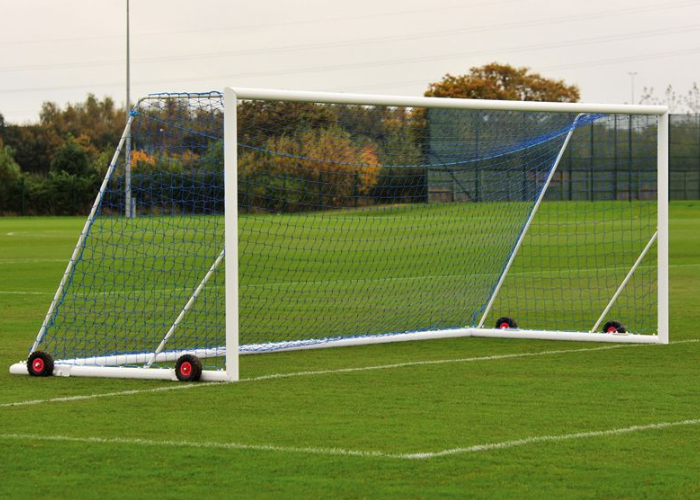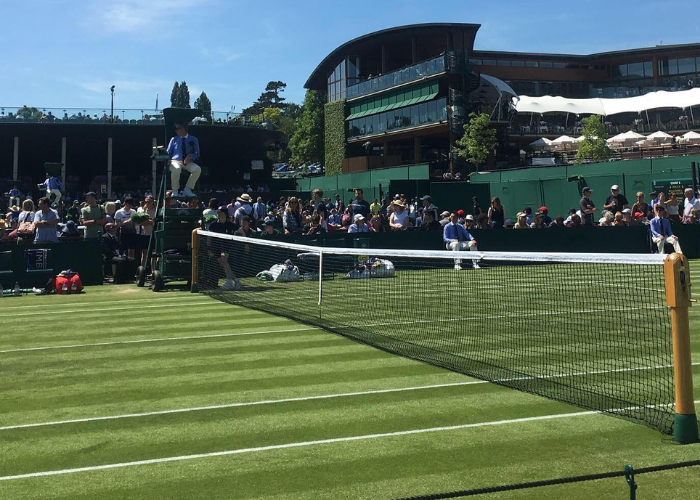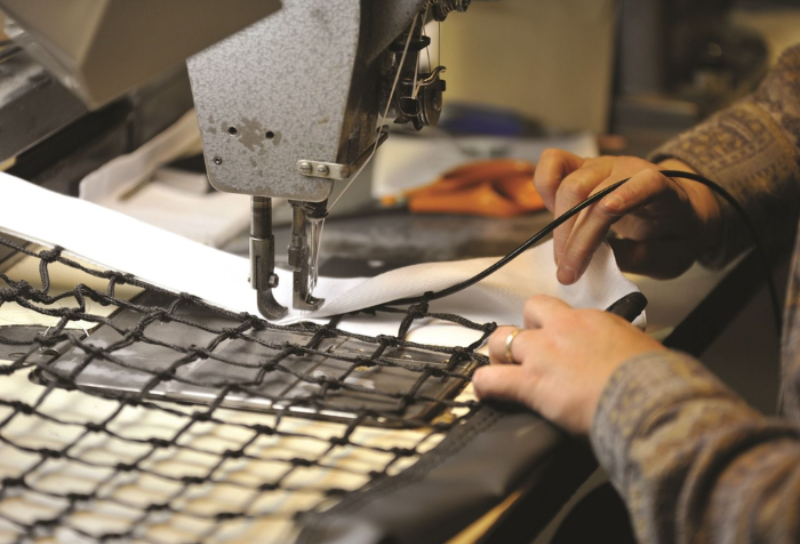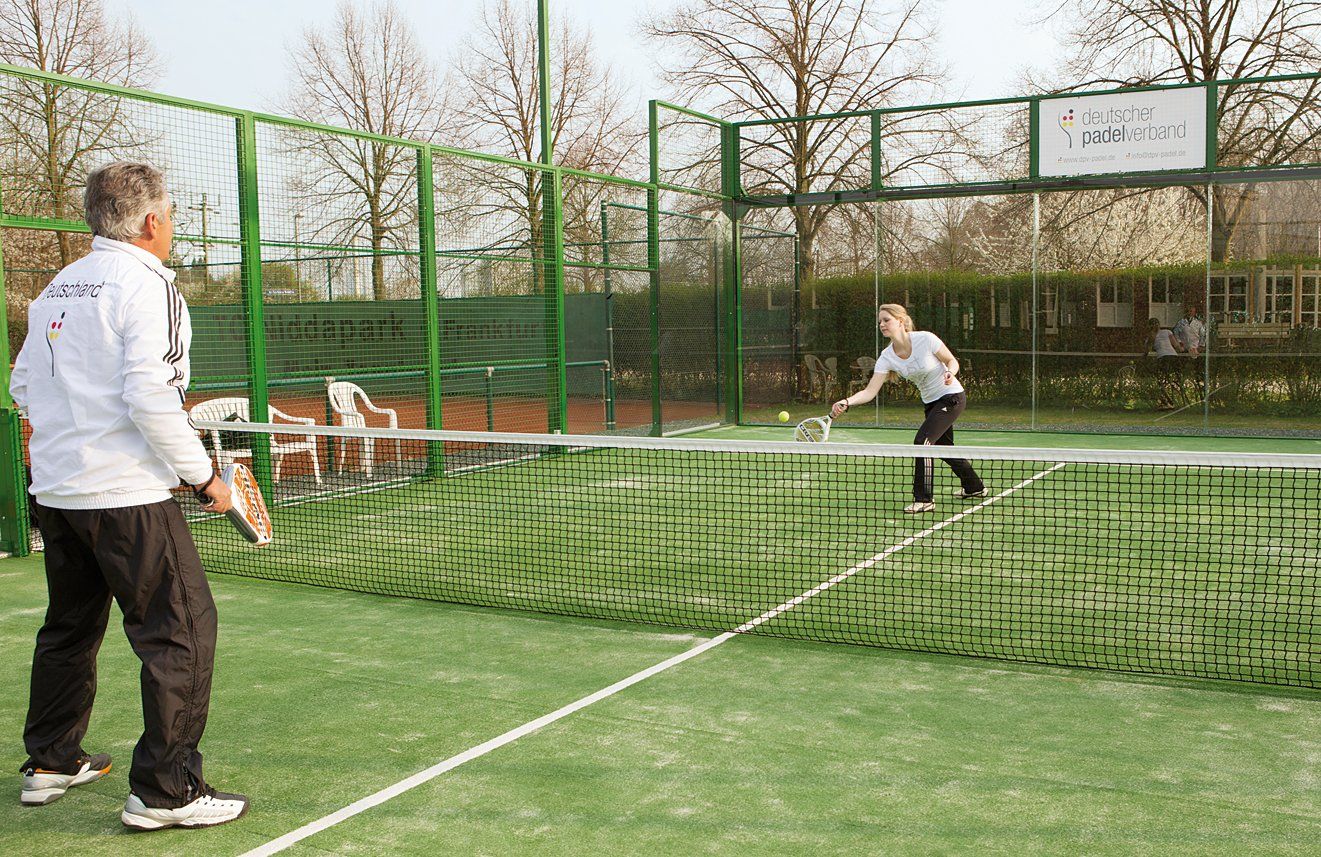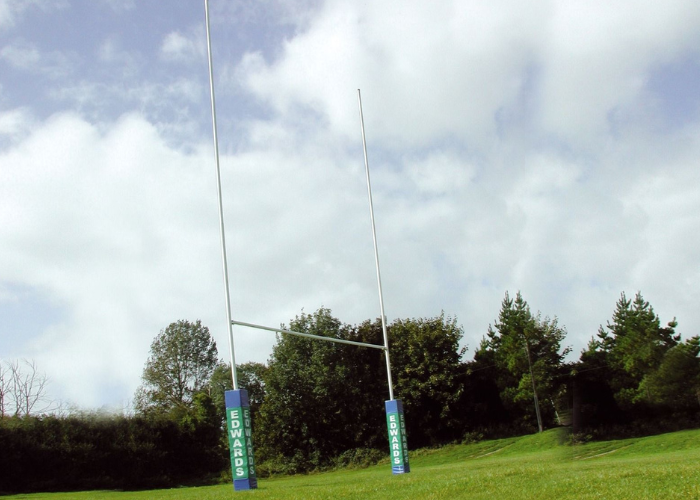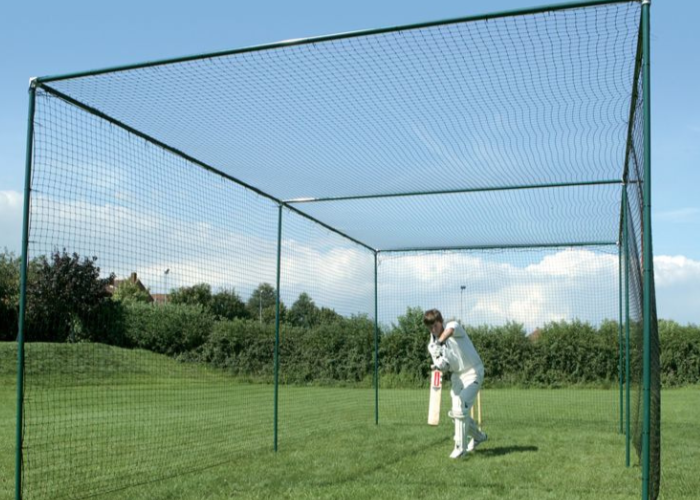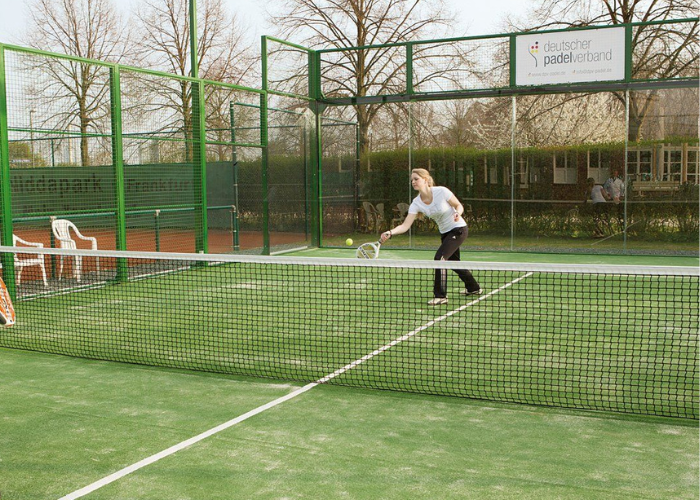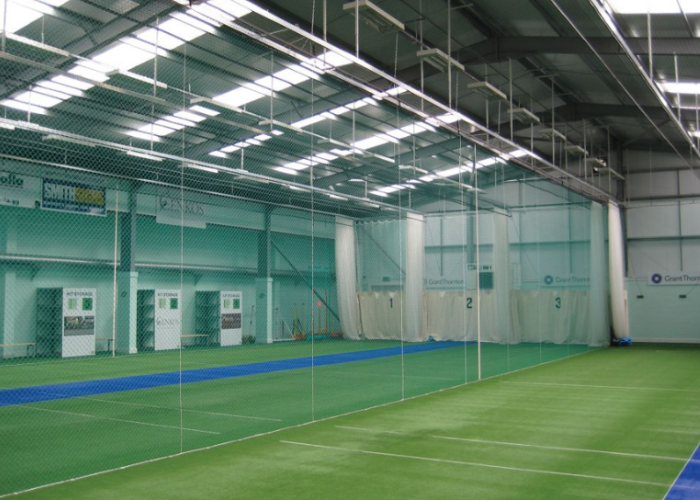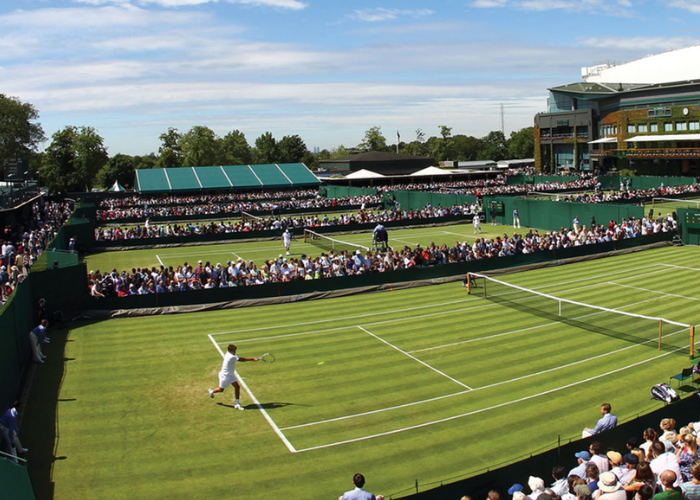We use cookies to make your experience better. To comply with the new e-Privacy directive, we need to ask for your consent to set the cookies. Learn more.
Padel Tennis vs Pickleball: A Guide to The UKs Fastest Growing Racket Sports
- Admin
- Blog Posts
- 23 May 2023
-
471views
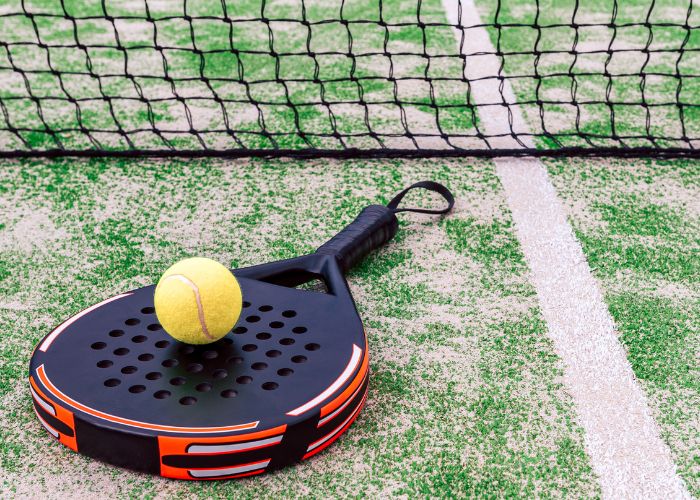
For sports lovers looking for something new to play, padel tennis or pickleball are both fun options that are easy to learn and engaging to play.
For sports lovers looking for something new to play, padel tennis or pickleball are both fun options that are easy to learn and engaging to play.
Padel tennis and pickleball are both gaining popularity rapidly thanks to their accessibility and similarity to traditional racket games like tennis and squash.
New clubs and courts for each of these sports are opening all the time, as the team here at Edward Sports have seen.
Here are some fascinating facts about these increasingly popular racket sports and how you can start playing.
Key Stats About Padel Tennis and Pickleball
Here are some of the main statistics about both padel tennis and pickleball. You’ll find details on how popular the sports are and how many people play them throughout the UK.
| Padel Tennis | Pickleball | |
| No. of UK Players | 89,000 | 4,000 |
| No. of UK Courts | 150 | 33 |
| Year Established UK | 2011 | 2015 |
| No. Clubs/Associations | 88 | 33 |
| Skill Level Rankings | 1.0 to 7.0 | 1.0 to 5.5 |
| Top Tournament | World Padel Tour | US Open Pickleball Championship |
As you can see, both racket sports are popular among UK players, and while pickleball has been played in the UK for less time, it’s rapidly becoming an incredibly popular hobby for many.
A Brief Guide to the Rules of Both
Padel tennis and pickleball are both similar to traditional tennis, but with some notable differences. Here are the rules for both games so you can understand how they differ from each other.
Padel Ball Rules
Padel is always paid in pairs, with each team playing on either side of the net. The serve needs to bounce the ball once and send it underhand across the net, where it must land in the opponent’s service box, and it can then bounce off the walls of the court before it is sent back.
Pickleball Rules
Pickleball requires that the ball bounce on either side during a volley, and the players can’t volley the ball in an area called ‘the kitchen’, which is a lined box seven feet away from the net on either side of the court.
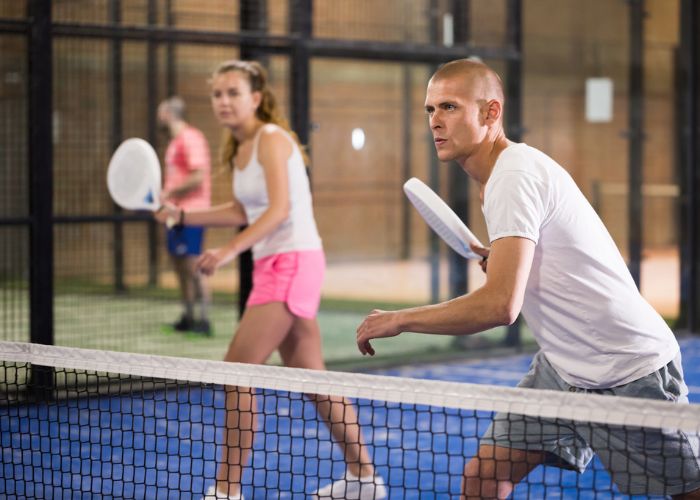
by ©JackF (Getty Images) via Canva.com
Padel Courts vs Pickleball Courts
Padel tennis courts and pickleball courts are both unique, and differ significantly both from one another and traditional tennis courts. Here are some of the main differences between the two types of court:
- Court size: Pickleball courts are 6.10m by 13.41m while padel tennis courts are 20m by 10m.
- Walls: Padel tennis requires walls, which are a combination of cement and wire mesh, for the ball to bounce off. Pickleball courts do not need to be enclosed as the ball doesn’t touch them.
- Line markings: In padel tennis, the service lines are 20 centimetres wide and the court is divided in half both horizontally and vertically, with a line and the net. A pickleball court is divided similarly, but it also has horizontal lines near the net to create a ‘kitchen’ or no volley zone in the centre of the court.
As you can see, the main difference between the two types of court is the size and the walls, as well as the markings that delineate where the ball is in play or out of it.
Padel Tennis Court
A padel tennis court is 20m in length by 10 and is divided into two by a net held up by posts. The surface can be made from a range of materials, including grass, cement or synthetic materials like astroturf.
There’s a service line on either side of the net, from which the players have to serve. The walls of the court are a combination of wire and concrete, and are used like squash court walls, for the ball to bounce off of during play.
Padel tennis courts can be indoors or covered, but must have a minimum roof clearance of at least 6 metres.
Pickleball Courts
Similar to a padel tennis court, pickleball courts have some unique specifications that set them apart. Noticeably, a pickleball court is 6.10m by 13.41m, making it much smaller. It also doesn’t need to be fully enclosed, unlike a padel court.
These courts can also be made from a range of materials, such as grass, concrete, clay or synthetic materials.
What sets a pickleball court apart is its central ‘kitchen’ area, a space 7 feet from the net on either side, which acts as a ‘no volley’ zone to stop players from standing close to the net and bashing the ball back and forth.
by ©Bill Oxford (Getty Images Signature) via Canva.com
Equipment & Rackets
Padel tennis and pickleball both use similar equipment to traditional tennis gear, but with some subtle differences. Padel and pickleball both use balls and rackets, but they are made of different materials and are of different sizes.
Padel tennis rackets are made from fibreglass or carbon fibre and are solid but with large holes in them. Pickleball rackets are made from either graphite or fibreglass, as they’re harder, and the racket, known as a paddle, is solid and has no holes in it.
The holes for pickleball players come in the balls, which are small and plastic, and are between 2.8 and 2.9 inches in diameter.
Padel tennis balls looks similar to traditional tennis balls, in that they’re round and covered in green felt, but they’re between 6.35 cm and 6.67 cm in diameter, making them much smaller than traditional tennis balls.
Here are some of the main differences between the equipment you need for padel tennis and pickleball.
- Racket Material: Padel rackets are made from fiberglass or carbon fibre, and have holes in them for aerodynamics, while pickleball paddles are made from graphite or fiberglass and are much more solid.
- Racket Shape: Padel tennis rackets are the same shape as a traditional tennis racket, which pickleball rackets are squarer and shaped like a table tennis bat.
- Balls: The balls for each game are different, as the padel balls are small tennis balls and pickleball balls are made from plastic and have holes in them.
The main takeaway here is that you need specialist equipment to play each sport correctly. Many clubs will offer to rent out gear, so you can try it out before you commit to buying your own.
Teams & Doubles Games
Much like most racket sports, including badminton and tennis, pickleball can be played either in singles, or one-on-one, or in doubles, where two players play on a team. Meanwhile, padel tennis is slightly different, in that it is always played in doubles.
Padel is always played with four players in two teams of two, so you can’t play with additional players or with fewer than four in total.
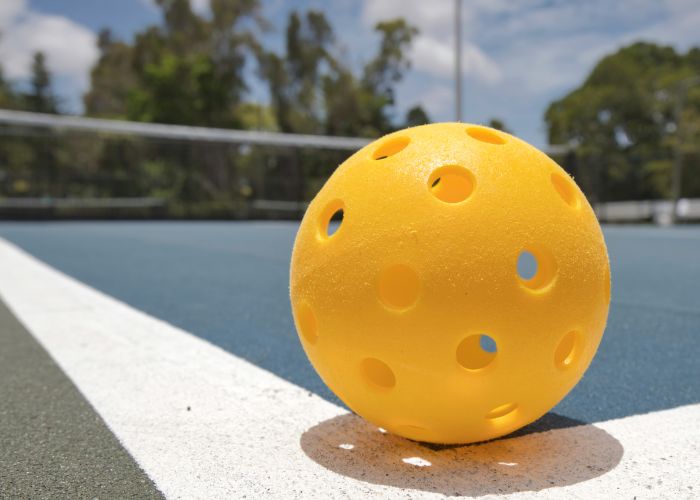
by ©Glen Richard (Getty Images) via Canva.com
Tournaments & Competitions
Throughout the UK, you can find local padel tennis and pickleball competitions to pit your skills against other players. For padel tennis, some of the biggest contests are:
For fans of pickleball, there are also many tournaments you can enter, including:
Pickleball is less established in the UK than padel tennis, but both sports are increasingly popular and have a cult following. So, as you become more engaged in your racket sport of choice, you can start pitting your skills against other players in your local area and further afield.
How do They Compare to Normal Tennis?
While all three are racket sports, pickleball, padel tennis, and traditional tennis are all completely different in many ways. Each of them uses different equipment and a differently sized and laid-out court.
Padel tennis is derived from traditional tennis, so it uses the same scoring system, but has different rules and is often considered easier to learn.
As pickleball came from badminton, it can be considered the most unique of the three sports as it uses its own scoring system and rules. Both pickleball and padel tennis are newer than normal tennis, but they’re rapidly gaining popularity.
Summary: Padel Tennis vs Pickleball
Ultimately, pickleball and padel tennis are both unique and innovative sports that are easy to learn and accessible to a range of players. No matter how athletic you are, or how much tennis prowess you have already, you can learn these sports and have fun.
At Edward Sports, we’re proud providers of pickleball and padel tennis equipment, including nets and more. Our equipment can be used at professional and amateur levels across a variety of facilities. From schools to country clubs, our equipment is the perfect fit.
We also offer news and insights into the sports through our regularly updated blog, so you can learn more about these flourishing racket sports and start enjoying them today!
FAQs
Padel tennis and pickleball are both relatively new sports in the UK, so it’s understandable that you might have some questions. Here are the answers to some of the most common ones.
How much space do I need to set up a Padel Tennis or Pickleball court in my garden?
A padel court is 20m long by 10m wide, while a pickleball court is 6.10m by 13.41m, and both require space around the sides for access. So, if you want to build one in your garden, a pickleball court is smaller and can give you more space to enjoy around it.
What's the average cost of Padel Tennis and Pickleball equipment in the UK?
The cost of padel tennis and pickleball equipment varies, but if you rent a court and use beginner’s equipment you can get the gear you need for less than £100. As you become more practiced and want to play more, you can upgrade your racket and balls to better options.
Are there Paddleball and Pickleball associations in the UK?
Both paddle tennis and pickleball have various clubs and associations throughout the UK, so you can join like-minded members and enter competitions to improve your skills.
Where's the best place to watch Paddleball and Pickleball?
If you want to watch paddle tennis or pickleball, then you should find a local court or club and see when their next event is being held. Most of them allow spectators for free, and you might even be able to watch the practice sessions too if the courts are open to the public.
Is Paddleball or Pickleball in the Olympics?
Neither padel tennis nor pickleball is in the Olympic games right now, but that might change in the future as both of the sports become increasingly popular with players of all ages and abilities.
Featured Image by ©REC Stock Footage via Canva.com
Sources:
- https://tenniscreative.com/padel-statistics/
- https://www.pickleballengland.org/tournaments/
- https://cometoplay.co.uk/interesting-facts/pickleball-facts-stats/
- https://www.lta.org.uk/news/padel-in-2021-how-britain-is-embracing-one-of-the-worlds-fastest-growing-sports/
- https://ipadel.co.uk/History-of-Padel-Tennis
- https://ipadel.co.uk/UK-Courts
- https://ipadel.co.uk/BPRS-Rating-System
- https://www.paddletek.com/blogs/news/pickleball-ratings-guide





